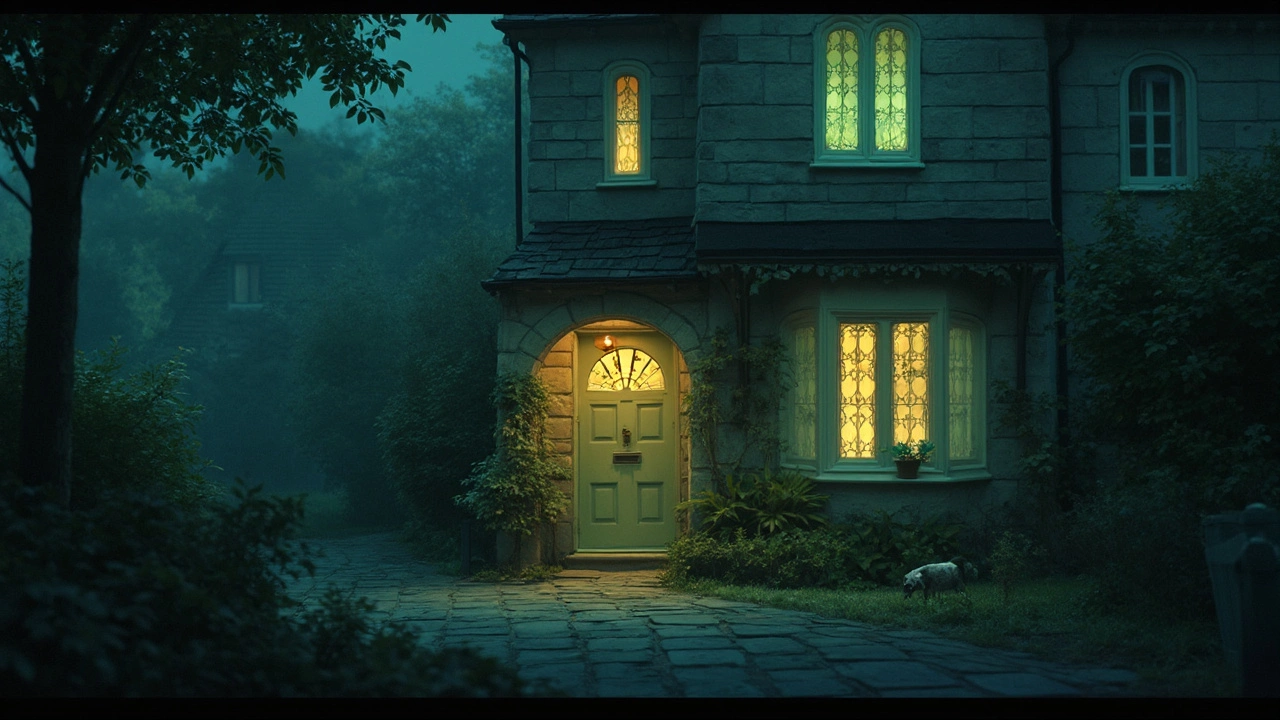Infrared (IR) might sound high‑tech, but the idea is simple – it uses light we can’t see to light up dark areas. In security, IR lets cameras capture clear images at night, detect movement through walls, and keep an eye on your property 24/7. If you’ve ever wondered why some cameras work in total darkness, the answer is infrared.
Most home security cameras have tiny IR LEDs built in. When the sun sets, these LEDs flash invisible light, and the camera sensor translates that into a visible picture. That’s why you see that eerie green glow on a night‑vision camera – it’s the IR light being emitted. The technology is cheap, reliable, and works without a spotlight that could alert intruders.
Not every IR camera is created equal. Look for a model with a strong IR range (at least 30 feet for indoor use, 60 feet or more for outdoors). Higher‑resolution sensors, like 1080p or 4K, combine with IR to give you a crisp image, even when it’s pitch black. When you’re shopping, the article Best Night Vision Devices for Security and Surveillance in 2025 breaks down the top picks and explains why wavelength and LED count matter.
If you need to monitor a large yard, consider a camera with an IR illuminator that can be placed separately from the lens. This lets you aim the camera for the best angle while the illuminator floods the area with IR light. Pairing a separate illuminator with a high‑resolution camera often beats the built‑in IR on cheaper models.
Beyond dedicated cameras, IR shows up in smartphones. The post Do Cell Phone Cameras Have Night Vision? explains how some phones use software tricks and tiny IR filters to boost low‑light shots. While you won’t get true night‑vision quality, modern phones can still help you spot a break‑in after dark if you need a quick look.
IR also powers motion sensors and alarm panels. An infrared motion detector senses heat signatures, so it can spot a person even if they’re hidden behind a bush. This reduces false alarms from animals that don’t emit as much heat. Will SimpliSafe Sensors Detect My Cat? shows how pet‑friendly IR sensors work without triggering every time your furry friend runs by.
One common question is whether IR works during a power outage. The answer: as long as your cameras have battery backup or a UPS, the IR LEDs will still fire, and you’ll keep seeing. Check the guide Do CCTV Cameras Work During Power Outages? for backup options.
Finally, remember that IR isn’t a magic shield. Proper placement matters – aim IR LEDs away from bright lights, and avoid pointing them straight at reflective surfaces, which can cause glare. Test your setup after installation; you’ll know it’s working when the night footage is clear, not just a dark blob.
Infrared technology makes night‑time security affordable and effective. Whether you’re picking a new camera, adding motion sensors, or using your phone for a quick check, the key is matching the right IR range to your space and making sure power backup is in place. With the right gear, you’ll have eyes on your property 24/7 – no matter how dark it gets.

Night vision cameras bring a sense of security, but can they see through windows? This article delves into how these gadgets work, exploring myths and practical realities. It unpacks how infrared technology interacts with glass and offers tips on optimizing your surveillance system. By understanding these factors, you can make informed decisions about your home or business security setup.